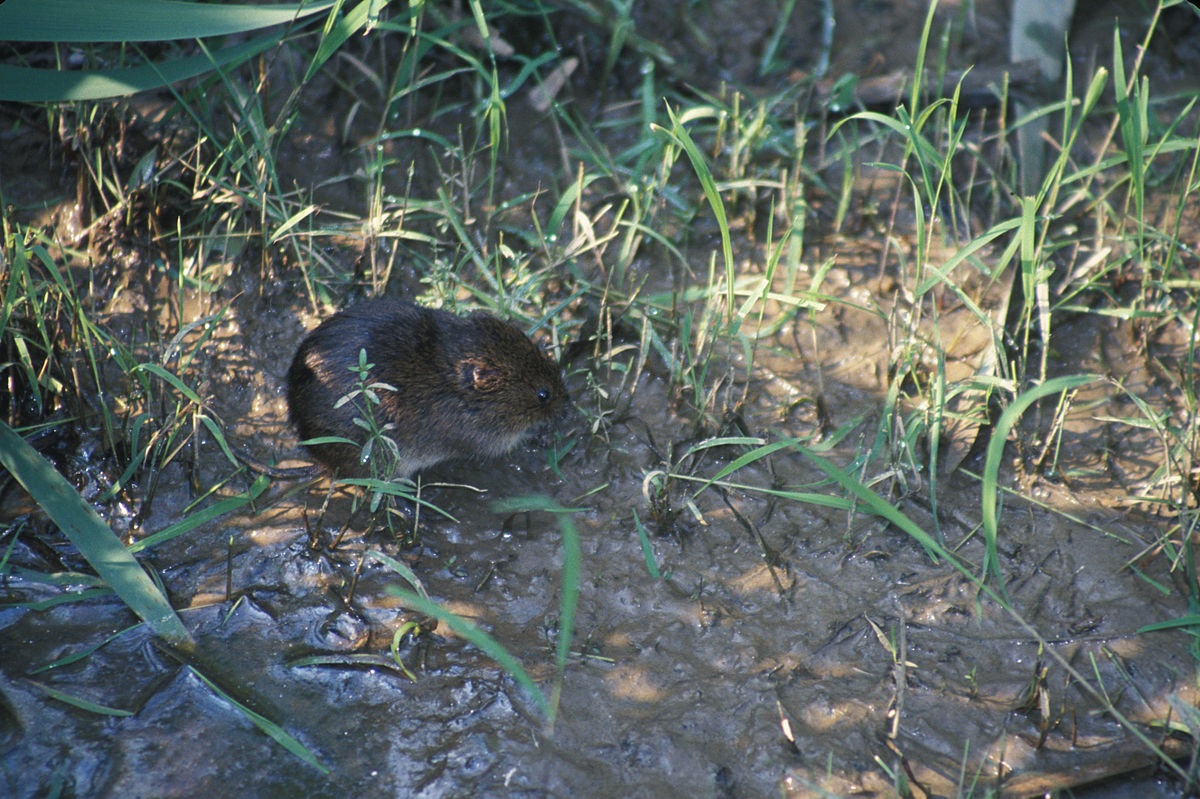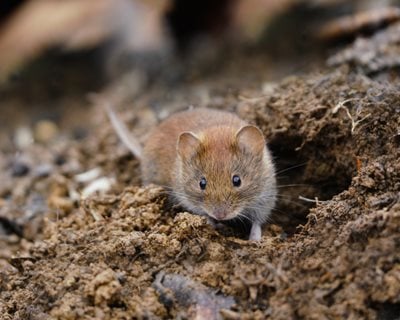Letting Loose the Power of Vole Bug Control: Advanced Techniques for Problem Removal and Therapy

Vole Insect Identification and Analysis
Voles, tiny rodents that resemble computer mice yet have much shorter tails, are typically identified pests in lawns and yards, calling for detailed evaluation to identify the extent of their problem. Determining voles involves identifying their unique features, such as their stocky bodies, brief legs, and little eyes. They are usually around 3 to 9 inches long and can vary in shade from grey to brownish.
Assessing vole problems is crucial for applying efficient bug control strategies. Signs of vole visibility consist of runways in verdant areas, harmed vegetation, and little burrow openings near the surface area. By examining these indications, home proprietors can evaluate the severity of the invasion and devise suitable obliteration techniques.
To properly examine vole populaces, individuals can set up lure stations or catches to catch and count the rats. Additionally, observing vole task patterns can provide insights into their numbers and distribution throughout the afflicted location. By carrying out a thorough assessment, people can customize their pest control method to efficiently deal with vole problems in yards and lawns.
Cutting-Edge Trapping Strategies

An additional innovative capturing strategy involves the use of electronic traps that deliver a fast and gentle electrical shock to get rid of voles quickly. These traps are designed to be risk-free for usage around family pets and kids while offering a highly efficient approach of vole control. Furthermore, some electronic traps are geared up with sensors and remote tracking capacities, allowing property owners to track vole task and trap status from a distance, boosting the overall effectiveness of vole parasite control efforts. By including these innovative capturing techniques into insect management techniques, house owners can take on vole infestations with precision and compassion.
Strategic Exemption Methods
Implementing strategic exclusion approaches is essential in stopping vole invasions you could try here and safeguarding yards and backyards from damage caused by these insects. One effective technique is the setup of hardware cloth barriers. These barriers must be buried at the very least 12 inches deep and rise 6 inches in the air to stop voles from burrowing below or climbing up over them. In addition, pruning shrubs and trees to maintain a clear space in between the plants and the ground can help in reducing vole shelter and concealing places.
One more crucial exemption method is the usage of crushed rock or rock compost instead of natural compost. These entry factors must be secured with products like concrete or metal flashing to avoid vole access.
Eco-Friendly Repellents and Deterrents
Utilizing eco-friendly repellents and deterrents is a sustainable method to taking care of vole populations and lessening damage to gardens and backyards. Environmentally friendly choices are acquiring appeal due to their effectiveness in repelling voles without causing harm to the atmosphere, pets, or useful wildlife. One common environment-friendly technique is utilizing all-natural vole repellents such as castor oil, garlic, or killer pee, which produce unpleasant fragrances for voles, driving them far from treated locations.
One more eco-friendly deterrent is making use of physical obstacles like cable mesh or hardware fabric to protect at risk plants and light bulbs from pop over here vole damages (vole lawn damage). These barriers act as a safety net against vole breach while permitting for correct aeration and water drainage in view publisher site the dirt
In addition, introducing vole predators like owls or installing nest boxes can help naturally control vole populations in a yard or backyard. By urging all-natural killers, a balanced ecological community can be kept without the requirement for harmful chemicals or traps. On the whole, including environment-friendly repellents and deterrents in vole insect control methods promotes ecologically conscious and lasting practices.
Integrated Bug Management Solutions
An all natural technique to taking care of vole populaces and mitigating damages in yards and yards entails the detailed approach of Integrated Parasite Administration Solutions. Integrated Parasite Administration (IPM) integrates numerous methods to deal with vole problems successfully while minimizing environmental influence. This strategy incorporates organic, cultural, physical, and chemical control approaches to accomplish long-lasting bug control.
One key facet of IPM is the focus on avoidance. By implementing measures such as habitat modification, exemption methods, and preserving correct garden hygiene, house owners can create atmospheres less helpful to vole habitation. Furthermore, biological controls, such as introducing all-natural killers or using vole-resistant plant varieties, can aid take care of vole populations without resorting to chemical treatments.
This decreases the general pesticide load on the ecosystem while successfully taking care of vole populaces. By adopting Integrated Bug Monitoring Solutions, homeowners can accomplish lasting vole parasite control while advertising ecological community wellness in their gardens and yards.
Conclusion
Finally, the sophisticated strategies for vole bug control gone over in this short article give efficient services for invasion removal and treatment. By implementing a mix of trapping, exclusion, repellents, and integrated parasite administration strategies, homeowner can effectively take care of vole populaces and stop more damage. It is vital to properly recognize and evaluate vole pests, and make use of environment-friendly methods to attend to problems in a sustainable way. These methods provide a thorough method to vole bug control for long-term success.
As the determination of vole invasions continues to challenge residential or commercial property proprietors and agricultural professionals alike, the mission for more effective and reliable parasite control approaches intensifies. Furthermore, some digital traps are furnished with sensors and remote tracking abilities, making it possible for property owners to track vole activity and catch status from a range, improving the total efficiency of vole bug control efforts. One typical eco-friendly approach is utilizing natural vole repellents such as castor garlic, predator, or oil urine, which create unpleasant scents for voles, driving them away from dealt with locations.
In addition, introducing vole predators like owls or setting up nest boxes can assist normally control vole populaces in a yard or yard - vole pest control. By embracing Integrated Pest Monitoring Solutions, property owners can achieve sustainable vole bug control while advertising community health in their gardens and yards